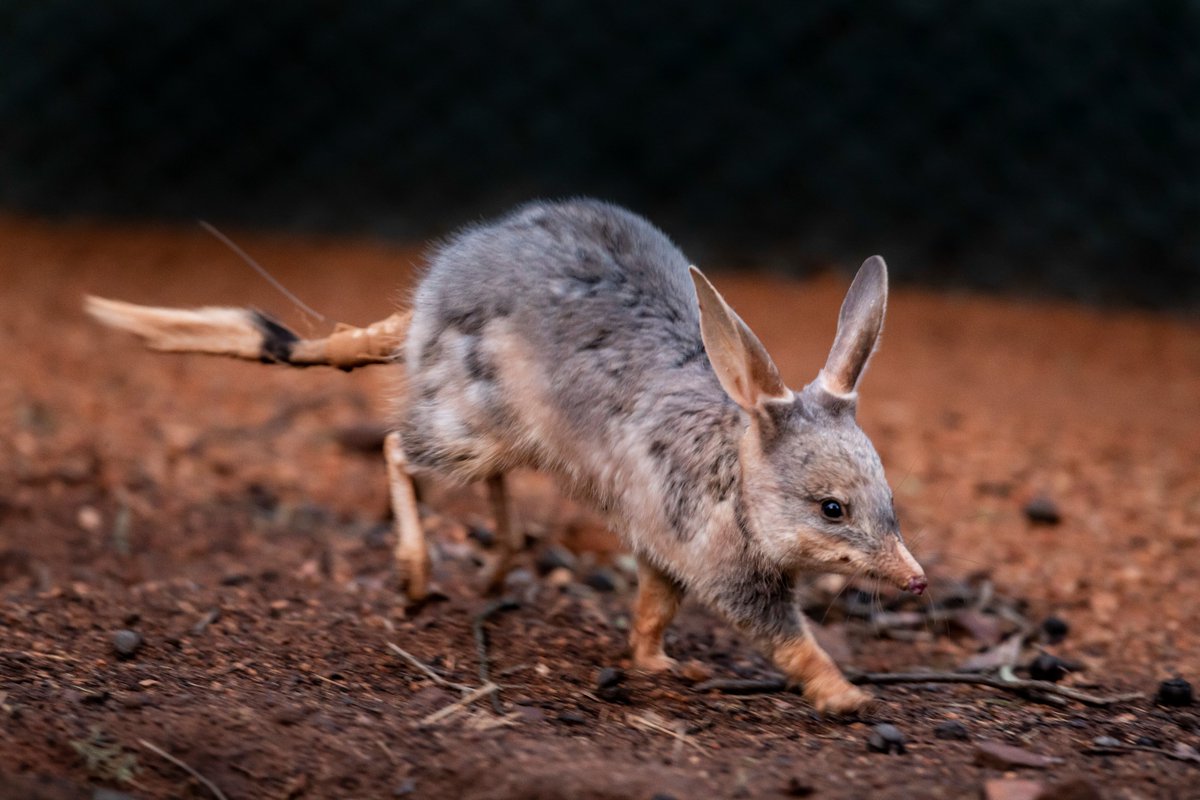Discover and read the best of Twitter Threads about #Tech4Wildlife
Most recents (5)
Another flagship and large collaborative #ConservationBreeding project that Taronga is involved in concerns the #CriticallyEndangered #PlainsWanderer, a bird that few people have probably heard of and even fewer have seen. #ScienceWeek 

The #PlainsWanderer has no living close relative, which places it top of the @EDGEofExistence list. Remnant populations of this small ground-dwelling bird are mostly in Victoria, eastern South Australia and in the western Riverina region of NSW.
Though excellently camouflaged, #PlainsWanderer are just the right size to be eaten by invasive foxes. Taronga is working with @ZoosVictoria to establish an insurance population & recently built a #ConservationBreeing facility at Taronga Western Plains Zoo #sanctuary, #Dubbo. 

But this is only part of the #bilby story. How did #bilbies behave once they were released into the Taronga #sanctuary, and did this affect overall success? To find out, we attached GPS devices & radio-transmitters to bilbies to track their movements post-release. #ScienceWeek 

GPS devices collected incredibly detailed data on nightly #bilby movements, and radio-transmitters allowed us to locate #bilbies underground during the day. This track shows how bilby “Charlie” used the sanctuary just after release
Tracking data revealed hidden #bilby behaviours, such as their little-known social lives! It turns out that #bilbies have quite complex #socialnetworks and that bilby sociality may help explain some of the story behind their post-release success.
As a world-leader in #WildlifeManagement, Taronga continuously improves how we monitor #AnimalHealth & #AnimalWelfare in our zoos & our #conservation programs. This includes tackling the challenges of remotely monitoring, when we can’t have eyes & ears on the ground. #ScienceWeek 

Observing #AnimalBehaviour & doing #AnimalHealth checks is only part of the picture. New #tech4wildlife help us identify potential welfare issues in real-time, especially for animals in remote locations, or large groups, or those where immediate up-close assessment isn't possible
Taronga scientists collect and analyse data on wild and zoo-based animals using field-based observation, video footage, #drones, and #CitizenScience. From these data we gain unique insights into both fine-scale movements of individuals, and broad behavioural states of the animals
Through the Myall Lakes Dingo Project, Taronga’s #science team are quickly developing an understanding of the #dingo population. #MyallLakesNationalPark, a beautiful coastal area, has a very pure dingo population of high #conservation value. #ScienceWeek PC: Bobby-Jo Vial 

Using GPS #radiocollars to keep up with packs, and a comprehensive photo identification library, the team tracks the movements and fortunes of many individuals across several packs. #Dingo pelage patterns, particularly the socks and chest blaze, identifies individuals. 

We draw these distinctive features on our #dingo ID cards, and use photograph reference photos to identify them. The team are working on making an identikit publicly available, but for now here’s an example for UOM1701 (aka “Bombah Boy”), the dominant male in the Mungo Brush Pack 

We use #Tech4Wildlife for our project developing automated methods of individual ID for brown bears and other wildlife. We use a combination of #cameratrapping, visual observations, and #machinelearning with collaborative partnerships to make this happen. @WILDLABSNET 1/
Despite the pandemic, 2020 has been a big year for our project. Our wonderful partners @knightinlet @wildbearlodge @nanwakolas took a central role in getting #cameratraps up and running for the field season. #Tech4Wildlife @WILDLABSNET 2/ 



We conducted some testing of our BearID software in real time using @Docker and the help of some #grizzlybears. We are using a population of bears that have been studied for >20yrs to assess the robustness of our #DeepLearning models. #Tech4Wildlife @WILDLABSNET 3/
